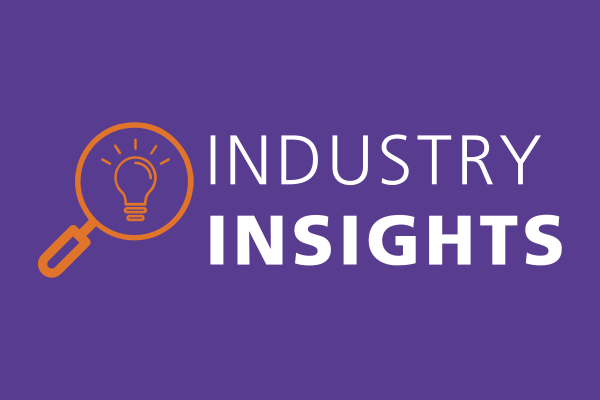The field of disaster philanthropy is facing a perfect storm of global crises—conflicts, climate disasters, economic instability, and growing humanitarian needs—as disaster relief and humanitarian aid organizations face a changing funding landscape. Abrupt halts in foreign aid and heightened scrutiny of federal funding have created widespread uncertainty.
This moment underscores the role philanthropy could play when other resources are in flux—not to replace public investment but to sustain and reinforce progress through community-led solutions. Disaster-affected communities are best positioned to understand their own unique needs, cultural contexts, and pathways to recovery. And as seen during the COVID-19 pandemic, philanthropy’s ability to remain flexible—prioritizing local leadership, fostering inclusive partnerships, and maintaining a long-term perspective—is essential in building community resilience.
Here are three ways supporting community-led solutions can make disaster philanthropy more effective:
1. Investing in local leadership
Community-led solutions empower local leaders who are most familiar with their communities’ challenges and strengths. These community leaders can guide the allocation of resources and implementation of solutions to ensure responses are culturally relevant, timely, and sustainable. Philanthropy can contribute to community resilience by supporting locally led organizations, prioritizing flexible funding, and investing in proactive initiatives that strengthen anticipatory action and preparedness.
At the Center for Disaster Philanthropy (CDP), we’ve seen the power of community-led solutions in action. Following Hurricane Maria, CDP directed resources to local Puerto Rican nonprofits to ensure recovery efforts were informed by lived experience and local expertise. In South Dakota, our partnerships with Indigenous-led organizations helped make COVID-19 response efforts culturally relevant, community driven, and accessible. Our long-term investment in Houston nonprofits strengthened their ability to lead localized disaster recovery efforts from Hurricane Harvey through ongoing severe weather events. Similarly, in Sudan, we supported Sudanese-led humanitarian efforts focused on mutual aid among those directly affected.
A robust disaster response ecosystem requires collaboration across government, business, and civil society. Empowering local leaders can help strengthen the ecosystem, making it more agile and resilient in the face of policy shifts, funding uncertainties, and the ongoing threat of the next disaster.
2. Centering inclusive partnerships and decision making
Effective disaster philanthropy requires inclusive decision making. Local nonprofits need to be able to implement their own effective and just recovery efforts without having a funder’s external agenda imposed on them. In times of financial constraint, however, there’s a risk of reverting to top-down approaches that overlook the voices of those most affected. Participatory grantmaking—co-designing programs with local stakeholders to foster greater transparency and accountability—is one way to boost local nonprofits’ power so resources reach communities on their own terms.
3. Taking a long-term approach
Immediate relief is critical, but it’s not enough. Nonprofits on the ground need long-term investments that strengthen communities’ ability to withstand and recover from disasters, because true recovery takes years, not months. Flexible, multiyear funding and adaptive strategies allow communities to lead their recovery while preparing for future disasters. In Northern California, investments in wildfire resilience helped local organizations shift from immediate response after devastating fires to ongoing preparedness efforts, including community-led evacuation planning and risk reduction programs. Philanthropic investments in preparedness, risk mitigation, early warning systems, and mutual aid networks can help ensure communities are ready before the next disaster occurs.
Philanthropy’s role in an uncertain future
Philanthropy is rooted in the concept of “love of humanity” and aimed at building a better world. In this era of geopolitical change and policy realignment, philanthropy has the opportunity to strengthen its commitment to community-led solutions.
By investing in local leadership, fostering inclusive partnerships, and leveraging long-term solutions, disaster philanthropy can adapt to meet the challenges of today’s complex world. Together, we can build a future where all communities can recover from disasters stronger and thrive amid uncertainty.
Photo credit: redninjatwo via Getty Images
The post Sustainable community-led solutions shaping disaster philanthropy appeared first on Candid insights.

